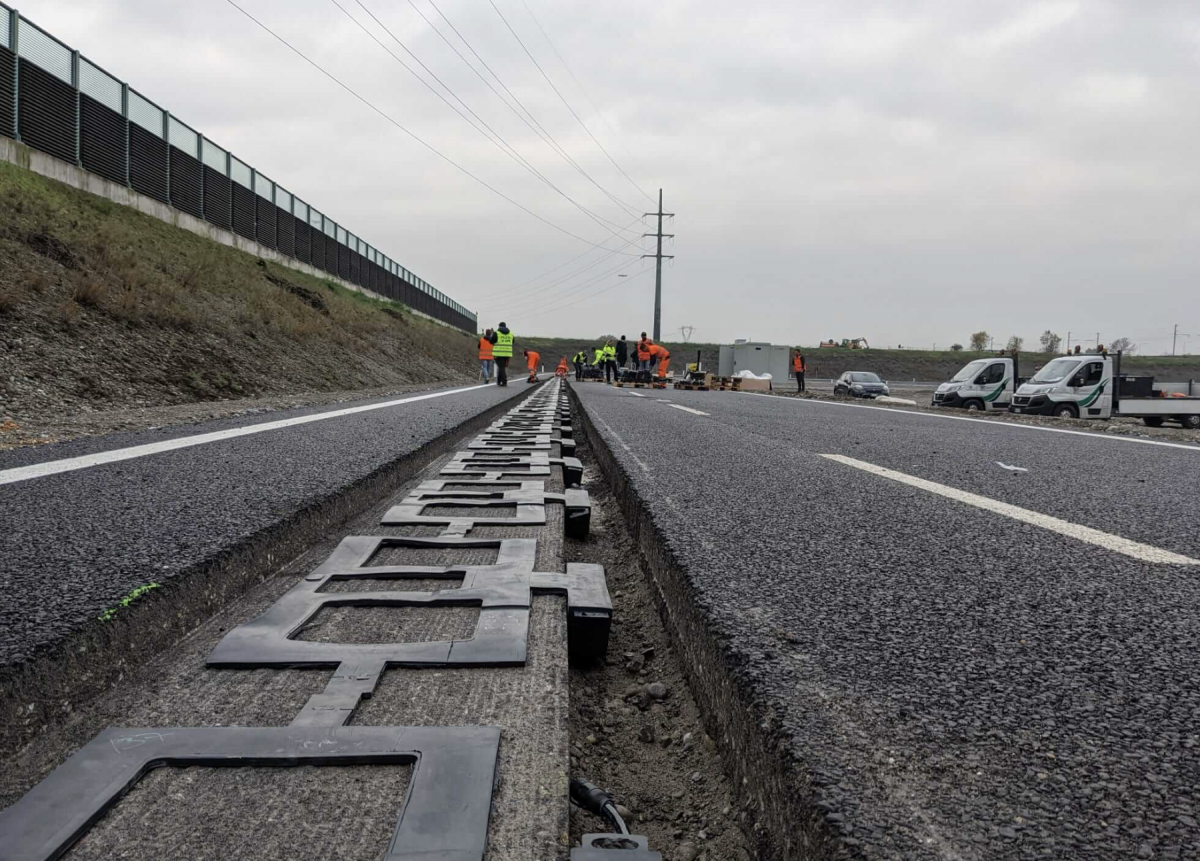The European Automobile Manufacturers’ Association (ACEA) has released registration data for January 2018 for light, medium and heavy commercial vehicles for the European Union and EFTA markets. Accompanying the data, it notes:
“… the EU market for new commercial vehicles started the year positively, after showing a decline in December 2017. Demand increased by 7.9% in the first month of the year, sustained by all commercial vehicle segments and with registrations totalling 187,811 units. The EU’s five largest markets all posted gains in January, except for the United Kingdom, where registrations fell by 5.8%. Italy (+15.5%) and Spain (+15.2%) recorded the highest growth rates, followed by Germany (+9.2%) and France (+6.2%).”
In order to provide fair year-on-year comparison, it should be noted that January 2018 contained one more working day – 23 in total – than did January 2017.
HCV segment
ACEA’s commentary regarding the HCV segment reads thus: “January 2018 results show that registrations of new heavy commercial vehicles increased by 8.9% compared to the same month of the previous year – 25,753 units were registered in total. Heavy-truck demand contracted in the UK (-14.8%), but sales increased in other markets and especially in Italy and France (up, respectively, 24.9% and 15.3%).”

This, it should be noted, references European Union sales alone. If EFTA markets – Iceland, Norway and Switzerland – are included, the total registration figure for the heavy segment amounts to 26,567 units, an 8.9% increase measured year-on-year and, by some margin, the best January figure since 2008.

It’s the same story if we divide Europe into its component parts. Western Europe – the pre-2004 markets – saw their best January in a decade. 20,638 HD trucks were registered during the month, a year-on-year improvement of 7.9%.

However, Western European registration strength is eclipsed by the post-2004 accession markets which, at 5,115 units, enjoyed a 14.6% year-on-year increase to record their best January on record.
MCV segment
ACEA does not provide separate commentary for the medium duty (MD) segment but, at 5,261 units registered in the European Union and EFTA, this segment improved year-on-year by 7.7%. This represents the best January performance since 2013.


Western European MD registrations rose by 4.7% y-o-y during January 2018 to record 4,634 units, the best January total since 2013. However, as the accompanying chart illustrates very clearly, the long-term secular decline is very marked here.

The same observations cannot be made about the post-2004 markets in terms of MD registrations. With 1,090 units registered during January 2018, the month represented a 247.1% increase year-on-year, and came within 50 units of besting the best-ever January total, which was recorded in 2008.
LCV segment
ACEA’s commentary regarding the LCV segment is upbeat: “In January EU registrations of new vans totalled 153,689 units, or 7.8% more than January last year. Almost all major markets contributed positively to this upturn, with Spain (+16.1%) and Italy (+14.6%) posting double‐digit gains, followed by Germany (+9.2%) and France (+5.8%). However, demand for heavy commercial vehicles did decline in the United Kingdom (-4.2%).”

If we broaden the total registrations out to include EFTA markets as well, the LCV count for January amounts to 158,746 units, 8.1% up on January 2017.

Western Europe enjoyed its best January in a decade for LCV registrations, with 140,260 units registered, representing a 6.4% increase over January 2017.

The markets in Eastern Europe, or the post-2004 accession markets, were similarly buoyant and also recorded the best January for this segment in a decade. Year-on-year growth eclipsed that of Western Europe, with the 13,266 units registered representing a 25% year-on-year increase.
A cause for optimism
All three measured segments are positive and this is clearly a cause for optimism. Most of the major markets are also still in growth mode, with the only exception here being the UK, which saw year-on-year declines in each of the heavy, medium and light segments. There is no shortage of criticism directed at anyone who would use Brexit as a causal factor for any negative economic data at present, but facts are facts, and the UK is at present the only significant European market to record such negative data.
The question remains as to how long things remain this positive. There can be no denying that – in the heavy segment – the cycle has now been positive for an abnormal duration; indeed, over the past 36 months, there have only been four year-on-year declines in registrations. This is worthy of some perplexity; while the European economy shows all the signs of being very positive at present, we might well argue that truck registrations are too positive. Quite where these trucks are going once registered is an intriguing question.
All told, January 2018 proved a very positive month for European truck registrations. Michelin data for European shipments to OEMs is positive at present, and so it can be assumed that February registrations will continue this optimistic trend. Looking further forward into the year, however, is an exercise that throws up a multitude of questions.
Oliver Dixon is a US-based independent commercial vehicle analyst and consultant, and a regular commentator on the global truck industry



